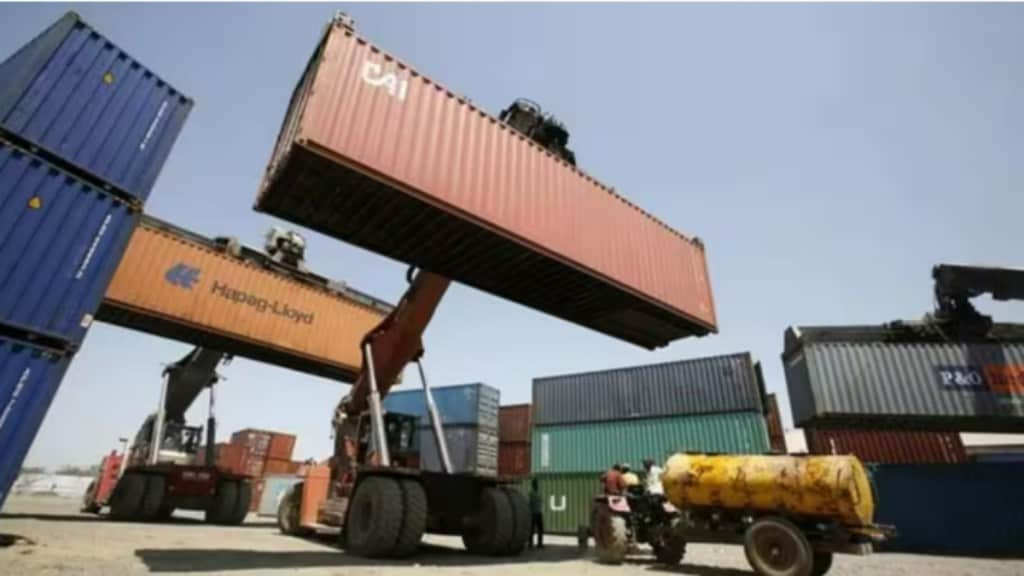By Odrek Rwabwogo
The Non-Aligned movement is one of the world’s largest blocs of nations but is underutilized by its members. Its potential for trade would be world changing. Naysayers would argue that the Non-Aligned Movement (NAM) has outlived its purpose. Established in 1961, under the rapid global polarization of the Cold War, the grouping provided safe haven for countries that did not wish to pledge allegiance to one superpower or the other. Now, over 60 years later, the Cold War is a thing of the past. Surely, NAM must have followed its raison d’etre into the history books?
On the contrary, today the bloc is larger and stronger than ever before. The recently held Non-Aligned Summit in Kampala – to mark Uganda taking over the organization’s rotating chairmanship – was the largest since the fall of the Berlin Wall. Founded by just five countries, NAM today comprises 120 member states home to a combined 4.6 billion people – well over half the global population. It is both the largest bloc of countries at the UN and the largest bloc of countries outside it.
Yet while clearly the post-Cold War era has not spelled irrelevance for NAM, there is good reason to reassess its purpose and identity for the 21st century. The group’s major successes to date have been in the decolonization process, battling apartheid and discrimination and in significantly growing the representation of developing nations at the United Nations. In short, the bloc has provided a platform for members to achieve much for one another, but this enormous club of nations is yet to do much with one another. If NAM is to truly stay relevant, that is what has to change.
The answer is through trade. What better use of a club containing 120 countries and 55% of the world’s population? Moreover, it is growing fast, both economically and demographically. The Global South – which predominately constitutes NAM’s members – has, since the 1990s until the onset of COVID-19, consistently outpaced the GDP growth of the Global North. In Africa alone (every African state bar one is a NAM member), the combined population is projected to double by 2050. On this trajectory, the bloc will soon account for 70% of the world’s consumption and 80% of its middle class.
It is true such a sizable and diverse club of nations will be divided by significant differences in geographies, economies and politics. But we have so much more in common than what differentiates us. Like India – one of NAM’s five founding members – the vast majority of NAM members emerged as post-colonial nations into a bipolar world that did not have our interests at heart. Like India the vast majority of NAM members have achieved rapid growth and development despite the odds. And like India we have seen our growth tempered by the economic devastation of the global pandemic, war in Ukraine and cost of living crisis. And we need a solution.
That is why the theme of the Kampala Summit was ‘Deepening Cooperation for Shared Global Affluence’. It is why one of the most important agreements reached at the Summit was to work towards achieving a universal, rule-based, open, transparent, predictable, inclusive, fair, non-discriminatory, and equitable multilateral trading system. Speaking at the Summit, President of the UN General Assembly Dennis Francis said: “our promise to leave no one behind hinges on our ability to build strong and diverse partnerships, share knowledge widely and strategically – and strengthen our joint capacities to reach the most vulnerable.”
He is right. That is not to say that NAM’s focus on nuclear disarmament, peace and combating terrorism should be forgotten. After all, geopolitical crises in the Ukraine, the Middle East and elsewhere are again deepening old divisions. But NAM’s overarching purpose was to advance the interests of the developing world – a noble pursuit of equity between nations. That can and should still be its purpose: it just no longer needs to be so in the context of Cold War confrontation. Today instead it should be to build greater links between each other through trade, and so together raise our collective power and influence in the world while increasing the wealth of our citizens.
Ultimately, NAM amounts to an enormous club of nations with shared values and interests – a staggering opportunity for mutual economic advancement. Its members are yet to fully tap into that opportunity’s real potential. We know the will is there – a fact underscored by the impressive showing of nations at the Summit. As for the opportunity, we have to collectively reach out and take it.
The author is Chairperson of Uganda’s Presidential Advisory Committee on Exports & Industrial Development (PACEID).
Disclaimer: Views expressed are personal and do not reflect the official position or policy of Financial Express Online. Reproducing this content without permission is prohibited.

